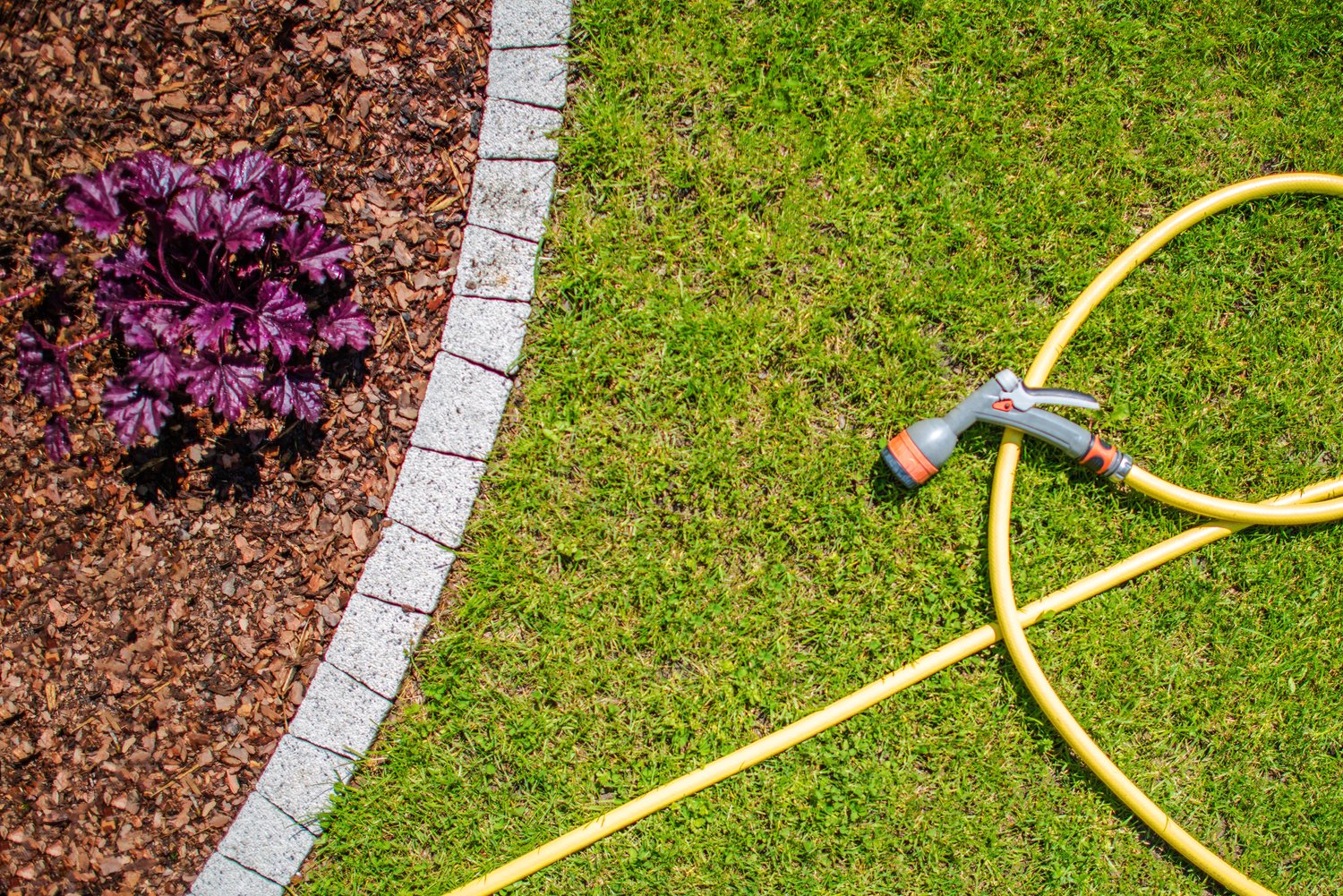As gardeners, we face the challenge of maintaining thriving plants while being mindful of our water usage, particularly during dry spells. Effective watering techniques can significantly reduce water waste while ensuring your garden remains healthy and vibrant. This article explores essential garden watering tips, methods for creating a water conservation garden, strategies for efficient plant watering, and drought watering techniques that will help your garden flourish even when water is scarce.
Understanding Your Garden’s Water Needs
Different plants have vastly different water requirements, and understanding these needs is the foundation of any water conservation garden. Native plants typically require less water once established because they’ve adapted to local rainfall patterns. Conversely, vegetables and many flowering annuals might need more consistent moisture. Group plants with similar water needs together in your garden layout—a practice called hydrozoning—to prevent overwatering some plants while trying to satisfy others. Soil type also greatly impacts water retention; clay soils hold moisture longer while sandy soils drain quickly. Testing your soil and amending it accordingly can dramatically improve its water-holding capacity and reduce the frequency of watering needed.
Timing is Everything: When to Water
The timing of your watering routine is perhaps one of the most crucial garden watering tips to master. Early morning (ideally between 4 am and 9 am) is the optimal time for efficient plant watering. During these hours, temperatures are cooler, winds are calmer, and water has time to penetrate the soil before evaporating in the midday heat. Avoid evening watering when possible, as leaves that remain wet overnight are more susceptible to fungal diseases. If morning watering isn’t possible, late afternoon is your next best option, allowing foliage to dry before nightfall. During extreme heat waves, you might need to adjust your schedule accordingly, but maintain the principle of giving plants time to dry before evening.
Watering Methods That Conserve
Drip irrigation represents the gold standard for drought watering techniques, delivering water directly to plant roots with minimal waste. These systems typically use 30-50% less water than conventional sprinklers while promoting deeper root growth. Soaker hoses offer a less expensive alternative, functioning similarly by releasing water slowly at the soil level. If you’re working with container gardens, consider self-watering planters or installing water-collecting saucers beneath pots to capture excess runoff. For those seeking sustainable solutions, AskHomey offers excellent guides on setting up rainwater harvesting systems that can significantly reduce your reliance on municipal water supplies while providing plants with natural, chlorine-free water that many prefer.
Soil Improvement for Better Water Retention
The secret to a truly water-efficient garden often lies beneath the surface. Improving your soil’s organic matter content creates a sponge-like medium that both absorbs and retains moisture more effectively. Add compost to your garden beds annually to increase water-holding capacity and improve soil structure. A 2-3 inch layer of organic mulch serves as a critical component of any water conservation garden by reducing evaporation, suppressing water-hungry weeds, and moderating soil temperature extremes. Consider natural mulches like shredded bark, compost, straw, or even leaves, which gradually break down and further enrich your soil. Applied correctly, mulch can reduce watering needs by as much as 25% while simultaneously improving plant health.
Smart Watering Techniques
When implementing efficient plant watering practices, depth matters more than frequency. Shallow, frequent watering encourages weak, surface-level root systems, while deep, thorough watering less often promotes robust root development that can better withstand drought conditions. Apply water slowly enough for it to absorb rather than run off, particularly on slopes or compacted soils. The “inch per week” guideline works for many garden plants during moderate weather, but adjust based on rainfall, temperature, plant maturity, and soil conditions. Consider investing in moisture meters or simply use the finger test—inserting your finger into the soil to check moisture levels below the surface—before watering.
Adapting During Drought Conditions
During extended dry periods, implement strategic drought watering techniques to prioritize your garden’s most valuable plants. Focus limited water resources on young plants and trees that haven’t established deep root systems, perennials you wish to preserve, and food-producing plants. Ornamental annuals, established native plants, and lawn areas can often withstand temporary drought stress with minimal long-term damage. Consider temporarily reducing fertilization during drought, as accelerated growth increases water demands. Remove weeds promptly, as they compete with garden plants for available moisture. When severe water restrictions are in place, consider collecting and reusing household water from cooking pasta or vegetables (once cooled) to provide supplemental moisture to container plants.
For more tips and to connect with reliable home service professionals, follow AskHomey on Facebook and Instagram.



